As the global community marks World Biodiversity Day (May 22), Green Communities Canada (GCC) is announcing the 36 recipients of one of our biggest annual funds. GCC is calling for more biodiversity projects to focus on urban communities and social impacts.
In 2025, GCC’s Living Cities Canada Fund will support 36 community-based greening projects in 29 communities across eight provinces. GCC will provide more than $350,000 to help bring these community-led projects to life. Our growing community-based movement is reimagining cities and reclaiming urban relationships with land. These new green spaces will become vibrant hubs of life, learning, and connection.
Together, these efforts will plant over 6,000 native trees, shrubs, and perennials. In 2025, the Living Cities Canada Fund will transform over 3,000 square metres of urban land—the equivalent of 13 tennis courts—into biodiverse green infrastructure.
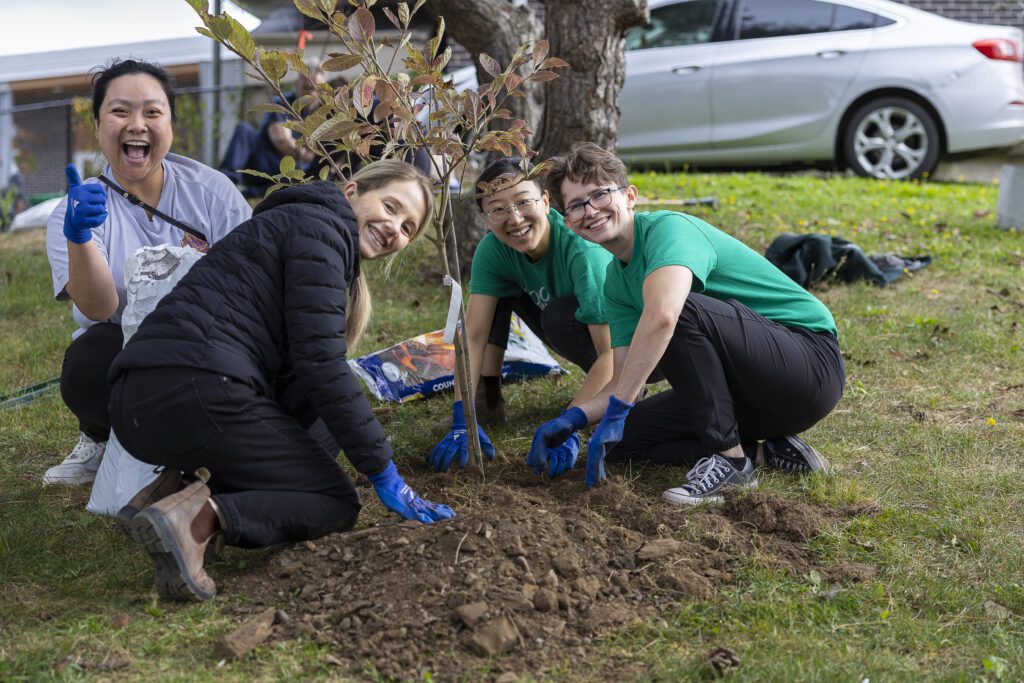
On National Tree Day in September 2024, Hope Blooms staff and youth came together at Uniacke Square at Murray Warrington Park in Halifax, N.S. to enhance the space by planting trees and creating a vibrant food garden.
The Living Cities Canada Fund also addresses a major gap in the green infrastructure sector. There is a lack of dedicated funding to support the maintenance of existing projects. In 2025, the Living Cities Thriving Microgrant will provide $45,000 to 11 partners, resulting in community-led stewardship activities at over 70 green infrastructure sites across Canada.
“We’re proud to support people who are leading change where they live,” says Brianna Salmon, executive director of Green Communities Canada.
“This work is about more than planting trees. It’s about building relationships and restoring ecosystems. These projects empower communities historically left out of urban planning and sustainability decisions.”
The complete list of projects supported by the 2025 Living Cities Canada Fund is included below. These projects take a variety of forms and provide a range of benefits.
Some projects will enhance the function of critical flood-mitigating green infrastructure features. For example, “de-paving” projects will remove impermeable asphalt and replace it with new greenspaces. Other projects will restore rain gardens and bioswales by weeding and replanting.
Many projects will plant mini forests. Mini forests are small areas densely planted with native trees and shrubs. Mini forests follow the Miyawaki method to mimic the biodiversity of a native forest by creating small collections of locally-native species;
All projects supported by the Living Cities Canada Fund will connect people to their local environments while building resilience to climate change, reducing urban heat islands, absorbing rainwater, improving air quality, and supporting native pollinators.
“The global climate crisis is a two-sided coin. The second side of that coin is the dramatic loss of biodiversity,” explains Emily Amon, director of Green Infrastructure Programs with Green Communities Canada.
“Biodiversity is essential to the health of our communities,” continues Amon. “But many Canadians don’t appreciate biodiversity because they’re unaware of who and what lives around them. Even small pockets of restored greenspace can change that. When urban residents use their own hearts and hands to re-green their local environment, they form meaningful connections to the land and all its inhabitants. Protecting biodiversity is protecting our community. Conservation areas, endangered species legislation, and urban planning become connected, personal, and local. In this way, the Living Cities Canada Fund empowers citizens to help advocate for our shared future.”
People are front and centre in Living Cities Canada projects. Each of the projects listed below prioritizes diversity, equity, and inclusion. The recipients are engaging their local communities in the planning and planting of these sites. Some green spaces will grow food in areas experiencing food insecurity. Other sites provide accessible garden spaces and healing forests that support Truth and Reconciliation.
“We encourage everyone to ask what’s happening with green infrastructure in your community,” says Brianna Salmon, executive director of Green Communities Canada.
“We’ll answer that question in several communities by sharing stories about these projects towards the end of 2025. For now, people can be inspired by heartwarming stories of our past 2024 projects on our website.”
GCC is currently securing funding to support more projects in 2026 and beyond. We are grateful to our funders and partners for supporting these projects across Canada. In particular, the 2025 Living Cities Canada Fund is supported by Definity Insurance Corporation, RBC Foundation, GCC’s pilot partnership with Trees for Life, and several private philanthropic foundations.
All 36 projects receiving support from the Living Cities Canada Fund in 2025 are listed below, in alphabetical order according to their province.
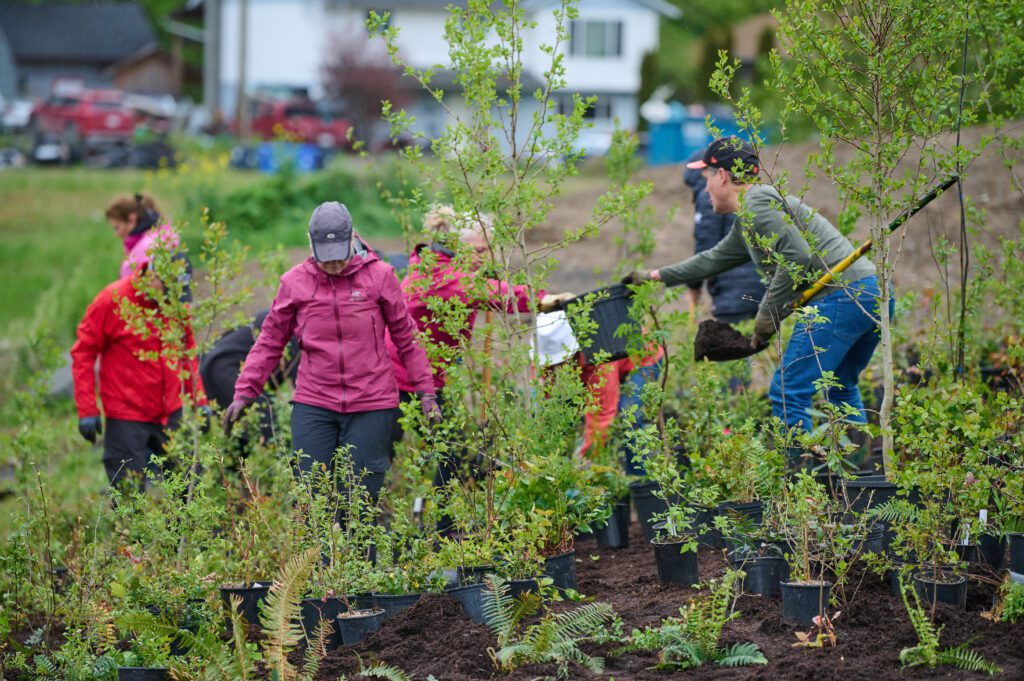
In 2024, the Living Cities Canada Fund supported the Snuneymuxw First Nation to create a mini forest at a transitional housing site. Source: www.haphotography.com
Alberta:
- Calgary Climate Hub, Calgary, AB: A new 200 square metre mini forest, featuring 800 trees, shrubs, and perennials, will be installed in northwestern Calgary, in partnership with the Rocky Ridge Royal Oak Community Association.
British Columbia:
- Garden City Conservation Society and City of Richmond, Richmond, BC: A new 200-square-metre mini forest featuring over 600 plants will be installed to improve biodiversity, shade, and air quality.
- Langley Environmental Partners Society, Langley, BC: A new mini forest will be planted in Gloucester Park, within the Gloucester Industrial area of Langley, BC. The park is the headwaters for a salmon-bearing stream in an industrial part of the city.
- Stewardship Pemberton, Pemberton, BC: Installation of a community food garden in Pemberton, BC. The garden plots will include a mixture of small, large, and senior/disability access plots to reduce barriers and allow all members of the community to participate in gardening.
Manitoba:
- Teulon and District Métis Association, Teulon, MB: A community food garden will be planted in Teulon, MB. The garden will grow various types of vegetables and herbs, which will support the elders and citizens who utilize the Teulon food bank.
- Spence Neighbourhood Association Inc., Winnipeg, MB: will be remediating a pollinator garden and green space in Winnipeg’s Spence neighbourhood, with activities including removal of diseased trees, mulching, weeding, and replanting to support biodiversity and community access.
- Wolseley Residents’ Association, Tree Committee, Winnipeg, MB: A new food forest featuring perennials, shrubs, and trees in Omand’s Creek Park, near the Assiniboine River. The plants will include edible shrubs and trees, including apples, pears, plums, haskaps, saskatoons, cherries, and highbush cranberries.
New Brunswick:
- ACAP Saint John, Saint John, NB: ACAP Saint John will maintain rain gardens and riparian planting sites along Saint John’s urban streams, coordinating community events for mulching, weeding, and shoreline replanting to reduce runoff and improve aquatic habitat.
- Fundy Biosphere, Moncton, NB: A new 250-square-metre mini forest featuring over 750 trees from at least 10 different native and climate-resilient species will be planted in Moncton, NB.
- Petitcodiac Watershed Alliance, Moncton, NB: Will host volunteer events at 12 existing rain gardens across Moncton to conduct maintenance activities, empowering community members with the knowledge and skills to install and maintain rain gardens on their properties
Nova Scotia:
- Bluenose Coastal Action, Mahone Bay, NS: New vegetated bioswales and rain gardens will be installed at one site in Digby County and two sites in Lunenburg County to transform 300 square metres of impermeable surfaces into new greenspaces that will absorb rain. Artistic elements, including a mural or school projects will be featured alongside these new garden spaces.
Ontario:
- Black Environmental Initiative, Toronto, ON: will maintain an edible native plant garden at Maloca Community Garden in Toronto, ON, with volunteer workshops focused on garden maintenance such as mulching, replanting, and soil health.
- Carleton University, Ottawa, ON: A new 200-square-metre mini forest, featuring 600 new plants, will be planted at Carleton University to support the mental and physical health of students, staff, and faculty, and in alignment with their Outdoor Space Master Plan. The new mini forest will serve as an inclusive and accessible space for recreation, learning, and cultural activities, and a place for stress relief and relaxation.
- City of St. Thomas, ON: In the fall of 2025, a new 100-square-metre mini forest will be planted in Parish Park.
- City of Welland, ON: A new mini forest will be planted in the road allowance area near Logan Avenue in Welland, Ontario.
- Craig Kielburger Secondary School, Milton, ON: A new mini forest will be added to the school yard that supports a student population of 2200. This will be the second mini forest in the school yard, which is situated near a new development, and in an area lacking shade and greenspace.
- Eastview Public School, Toronto, ON: A healing forest will be planted on Eastview Public School grounds, featuring native trees, shrubs, and plants, as well as a gathering area for cultural ceremonies and educational programming.
- Ecosource, Mississauga, ON: A new pollinator garden will be planted at a local school in Mississauga, supporting access to naturalized play spaces for school-aged children.
- EcoSuperior Environmental Programs, Thunder Bay, ON: will care for the Central Natural Environment Garden in Thunder Bay, an urban green infrastructure site with native species and rain garden functions, through youth-focused events for weeding, mulching, and seasonal planting.
- EnviroCentre, Ottawa, ON: A new, densely planted 200-square-metre mini forest will be added in Ottawa, featuring 600-800 native trees, shrubs, and wildflowers.
- Forêt Capitale Forest, Ottawa, ON: will host stewardship events at four mini forest sites in Ottawa, focusing on volunteer-led mulching, weeding, and native replanting to support the early growth of high-density mini forests.
- GreenUP, Peterborough, ON: GreenUP will be planting 100 square metres of edible trees and shrubs, willow tunnels, and mini forests each at two schools in Peterborough and Lakefield, Ontario.
- Green Venture, Hamilton, ON: is leading stewardship of nine GI sites in Hamilton totaling 1020 square metres of green infrastructure, through a mix of staff-led and volunteer events focused on mulching, watering, weeding, and protective fencing repairs.
- Halton Environment Network, Halton, ON: A food forest will be planted to support local food security and will revitalize an orchard space in Oakville, near the Oakville Pollinator Pathway.
- Local Enhancement and Appreciation of Forests (LEAF), Toronto, ON: LEAF will work with the Toronto Community Housing Corporation (TCHC) to plant and steward 350 trees and shrubs with residents living on TCHC properties, to increase canopy cover and ecological resilience.
- London Environment Network, London, ON: A new mini forest will be planted at Fanshawe Conservation Area, in partnership with Upper Thames Conservation.
- Oakvillegreen Conservation Association Inc., Oakville, ON: will steward Preserve Woods, a remnant forest site in southeast Oakville, through invasive species removal, trail management, and native species planting to enhance ecological health and resident engagement.
- Sundance Commons, Toronto, ON: Sundance Commons will be planting an edible food forest and Indigenous medicine garden at their urban farm site located at Woodbine Racetrack in Toronto, ON.
- Sustainable Waterloo Region (SWR), Waterloo, ON: SWR will coordinate the care of 36+ mini forest sites across Waterloo with maintenance focused on training a stewardship committee to spearhead annual inspections, along with watering, invasive species removal, and mulching.
- Toronto Green Community, Toronto, ON: A new 100-square-metre mini forest featuring 350 native trees, shrubs, and wildflowers will be planted in Toronto.
Québec:
- Conseil régional de l’environnement de l’Estrie (CREE), Sherbrooke, QC: Through the Sous les pavés initiative (Depave), CREE is working with a school in Granby to remove pavement and install 180 new plants.
- Coopérative d’habitation Les Colonnes, Montreal, QC: Les Colonnes Housing Cooperative will restore and replant five tree pits along Milton Street in downtown Montreal, engaging local residents in volunteer-led cleanups, planting, and ongoing care.
- Groupe de recommendations et d’actions pour un meilleur environnement (GRAME), Montréal, QC: Through the VIVRE project (Ville Inclusive, Verte, Résiliente et Équitable – which translates to “Inclusive, Green, Resilient, and Equitable City”), over 100 plants will be added in an under natured area of Montréal.
- Réseau d’espaces verts éducatifs et nourricier (REVE Nourricier), Sherbrooke, QC: At Parc Léonard Cohen, REVE Nourricier will be installing a new mini forest.
Saskatchewan:
- Buena Vista Boulevard Garden, Saskatoon, SK: New shade trees will be added to the existing 540 square metre boulevard garden in the Buena Vista neighbourhood. The garden includes drought-resistant prairie plants. The Buena Vista School is a local partner in this project. The school community creates compost out of food waste to nourish the garden.
- Walter Murray Collegiate, Saskatoon, SK: Walter Murray Collegiate will maintain a 235-square-metre native plant and pollinator garden located on school grounds in Saskatoon, with students participating in mulching, weeding, and replanting.
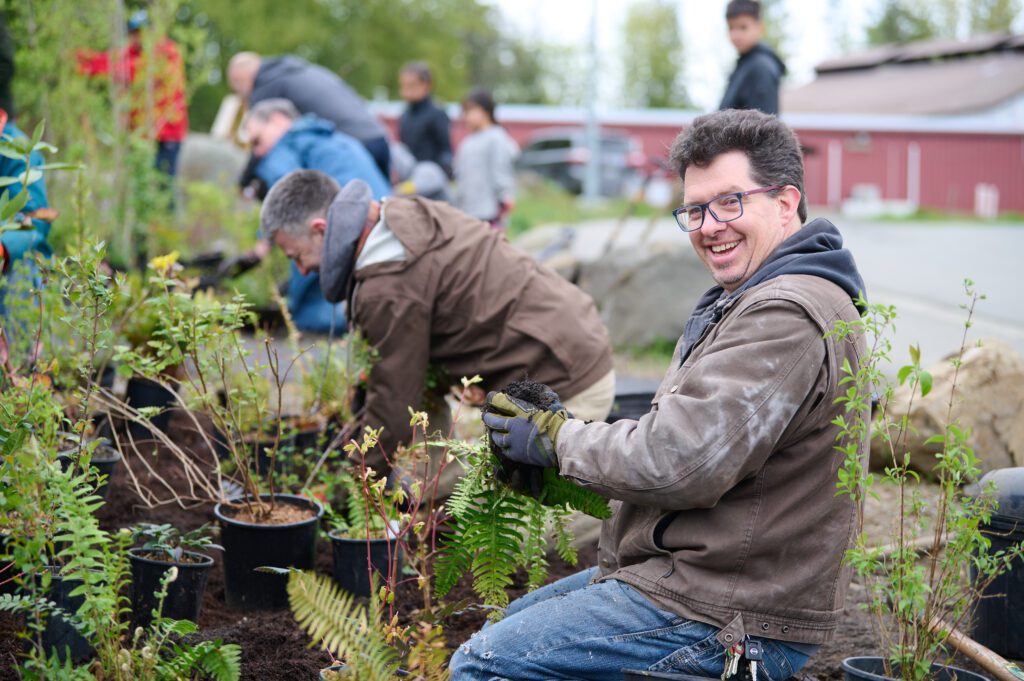
In 2024, the Living Cities Canada Fund supported the Snuneymuxw First Nation to create a mini forest at a transitional housing site. Source: www.haphotography.com
About Green Communities Canada
Green Communities Canada (GCC) has been leading community-based climate action since 1995. With over 50 member and partner organizations located across Canada, GCC shares resources, co-creates programming, and advances transformative and equitable change. As a national organization, GCC’s goal is to support and sustain grassroots action. GCC does this by acting as a network, funder, backbone, and accelerator. GCC has a solid track record of leading community-engaged green infrastructure programming through our Depave Paradise Initiative, National Mini Forest Program, and Living Cities Canada Fund.
About GCC’s partnership with Trees for Life
This one-year pilot partnership, announced on Earth Day (April 22, 2025), includes over $130,000 in funds disbursed collaboratively through Trees for Life and Green Communities Canada to support ten of the projects listed above.
Trees for Life is a Canadian charity driven to inspire, support, and mobilize community-led tree and shrub-planting initiatives. Its mission is to create a healthier, happier Canada by planting native trees where people live, work, and play. Including the work of its first projects, the Highway of Heroes Tree Campaign and GrandTrees Climate Solutions, Trees for Life has raised over $18 million to support the planting and stewardship of over 3.3 million trees across Canada.
About mini forests
A mini forest — also known as a Miyawaki forest, micro forest or tiny forest — is a community of native trees and shrubs planted tightly together in an urban or suburban site based on the Miyawaki method. The method emphasizes the use of dense plantings, diverse locally native species collections, soil preparation, and multi-layered design to mimic the complexity of a native forest. This dense planting technique results in taller plants in a shorter time period.
Mini forests provide a variety of ecosystem services that offer both environmental and social benefits. From reducing air pollution to increasing biodiversity and providing necessary habitat for wildlife, these small plots can have a big impact on their local environments. They provide much-needed green spaces for people to enjoy, offering mental health benefits and improving air quality. Mini forests also help reduce runoff, prevent flooding, and mitigate the urban heat island effect.
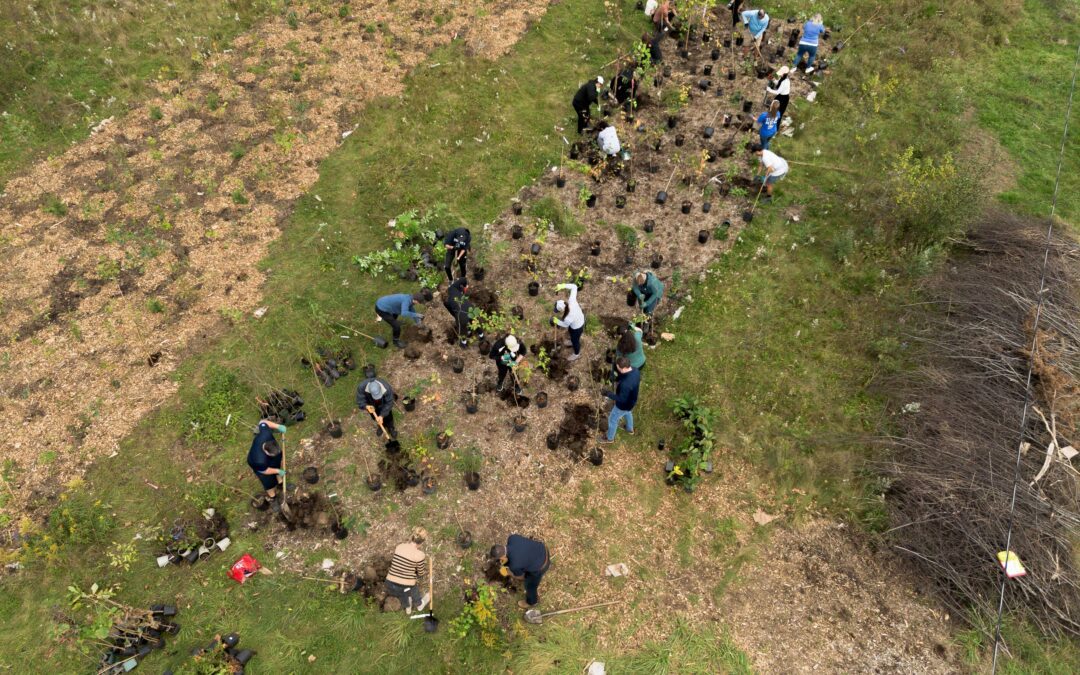

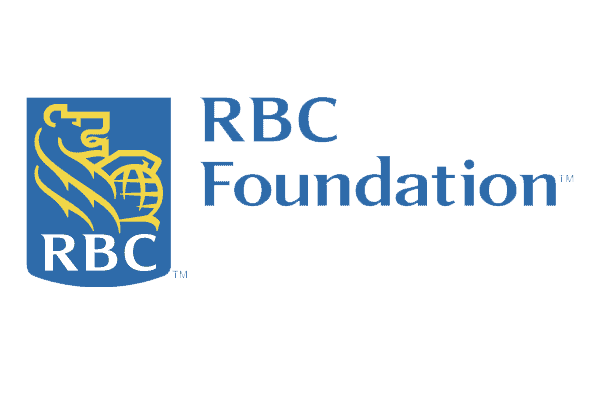

Recent Comments